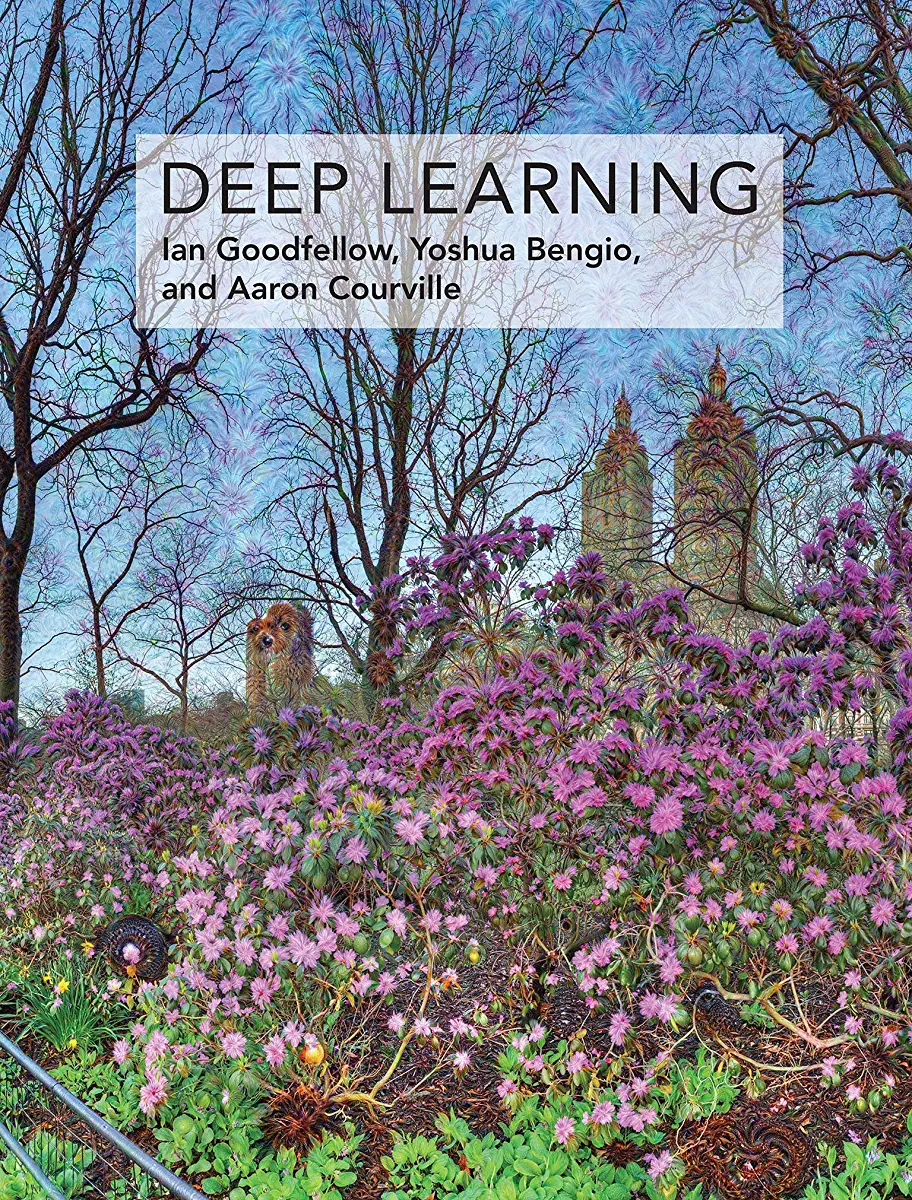
Deep Learning by Yoshua Bengio, Ian Goodfellow and Aaron Courville
Deep Learning: A Comprehensive Guide to the State-of-the-Art
Introduction
Deep learning is a rapidly growing field that has revolutionized the way we think about artificial intelligence. By mimicking the human brain's structure and function, deep learning algorithms can learn from data and make predictions without being explicitly programmed. This has led to breakthroughs in a wide range of applications, from image recognition to natural language processing.
What is Deep Learning?
Deep learning is a type of machine learning that uses artificial neural networks to learn from data. Artificial neural networks are inspired by the human brain, and they consist of layers of interconnected nodes that can process information. The input to a neural network is a set of data, and the output is a prediction. The neural network learns by adjusting the weights of the connections between the nodes so that the output is as close as possible to the desired output.
Why is Deep Learning Important?
Deep learning is important because it allows computers to learn from data without being explicitly programmed. This makes it possible to solve a wide range of problems that were previously impossible or impractical to solve. For example, deep learning algorithms can be used to:
- Recognize objects in images
- Translate languages
- Generate text
- Play games
- Make medical diagnoses
How does Deep Learning Work?
Deep learning algorithms work by learning from data. The data is typically represented as a set of vectors, and the neural network learns by adjusting the weights of the connections between the nodes so that the output is as close as possible to the desired output.
The learning process is iterative, and it typically involves multiple passes through the data. As the neural network learns, it becomes better at making predictions.
Applications of Deep Learning
Deep learning has a wide range of applications, including:
- Image recognition
- Natural language processing
- Speech recognition
- Machine translation
- Robotics
- Autonomous vehicles
- Medical diagnosis
- Drug discovery
- Financial trading
Conclusion
Deep learning is a powerful tool that has the potential to revolutionize many aspects of our lives. By learning from data, deep learning algorithms can solve a wide range of problems that were previously impossible or impractical to solve. As the field of deep learning continues to grow, we can expect to see even more amazing applications of this technology in the years to come.
Call to Action
If you are interested in learning more about deep learning, I encourage you to read the book "Deep Learning" by Yoshua Bengio, Ian Goodfellow, and Aaron Courville. This book is a comprehensive guide to the state-of-the-art in deep learning, and it is essential reading for anyone who wants to understand this important field.
Enjoyed the summary? Discover all the details and take your reading to the next level — [click here to view the book on Amazon!]